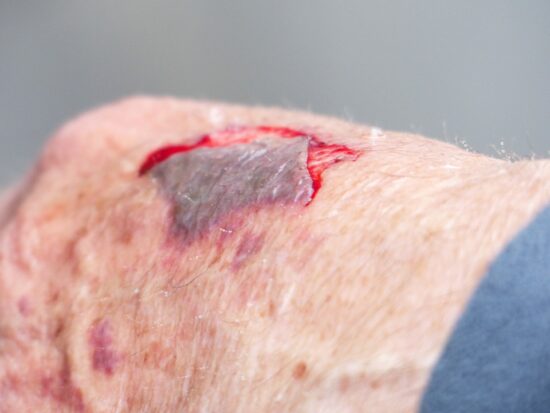Wounds, Antimicrobial Resistance and Challenges of Implementing a Surveillance System in Myanmar: A Mixed-Methods Study
Wound infections with drug-resistant bacteria lead to higher mortality and morbidity and increased healthcare costs. We aimed to describe the spectrum of bacterial pathogens, isolated from wound cultures in Yangon General Hospital in 2018, and their antimicrobial resistance (AMR) patterns and to understand the challenges in implementing an AMR surveillance system in Myanmar. We conducted a concurrent mixed-methods study involving analysis of surveillance data and indepth interviews with nine key personnel involved in AMR surveillance. Of 1418 wound specimens processed, 822 (58%) were culture-positive. The most common Gram-positive bacteria were coagulase negative staphylococci (23.3%) and Staphylococcus aureus (15.1%). Among Gram-negative bacteria, Escherichia coli (12.5%) and Pseudomonas aeruginosa (10.1%) were common. Staphylococcus aureus isolates were resistant to penicillin (98%), oxacillin (70%) and tetracycline (66%). Escherichia coli showed resistance to ampicillin (98%).
AMR NEWS
Your Biweekly Source for Global AMR Insights!
Stay informed with the essential newsletter that brings together all the latest One Health news on antimicrobial resistance. Delivered straight to your inbox every two weeks, AMR NEWS provides a curated selection of international insights, key publications, and the latest updates in the fight against AMR.
Don’t miss out on staying ahead in the global AMR movement—subscribe now!







